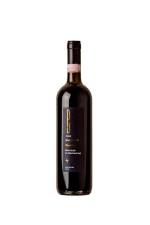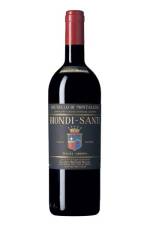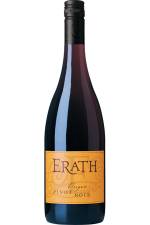Harvest is conducted by hand and grapes are carefully sorted on tables and destemmed before being placed in stainless steel tanks for fermentation. Regular pumping-over ensure a gentle extraction of the tannins. After malolactic fermentation, 50% of the wine is transferred into French oak barrels for a period of 12 months, and 50% is placed in concrete vats. Deep velvety red color with intense ruby hues. Very fruity and fresh on the nose, followed by aromas of red fruit, strawberry and black currant. On the palate, the wine is long, well balanced and pleasant, with refined tannins and generous aromas of red berries.
AMANCAYA RESERVE RED BLEND
$22.99
Description
The success of the first vintages of CARO encouraged Domaines Barons de Rothschild Lafite and the Catena family to create another premium wine, this time a Malbec dominated cuvée, that would nevertheless be a balance between the Bordeaux and Argentine styles. To celebrate its Andean origin, the wine was named Amancaya, after the mountain flower which grows in the Andes.Amancaya is the Quechua name of an endemic flower of the Andes found in the Mendoza area. Grapes are sourced from selected plots of old vines in Lujan de Cuyo just outside Mendoza, and also from Altamira, further South. In Lujan, soils are quite varied depending on how close vineyards are to the mountains or Mendoza River, and tend to form alluvial layers of loam, rock, and gravel. In Altamira, vineyards are planted at 1000m above sea level, on the ancient alluvial bed of the Tunuyan River.
The season started out a little late, with a few nights of frost during spring, but they did not damage the buds. Spring was mostly characterized by wet and cold conditions, which led to delayed growth. Overall, flowering and fruit set were good. During the summer, especially in January and February, temperatures were uncommonly lower than average and without the usual heatwaves that characterize the Mendoza climate. The ripeness period was marked by rainfalls: intermittent showers alternating with sunny days characterized this final period before harvesting. These conditions during maturity required the winegrowers to monitor the development of mildew or botrytis, in order to correctly anticipate the decision to harvest





